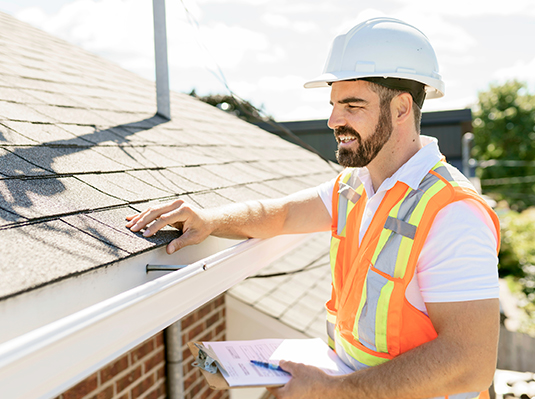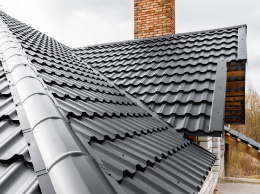
Purchasing home insurance can sometimes have several moving parts, and in most cases, the home inspection is one of the final pieces of the puzzle. Insurance companies will often utilize inspection to confirm the condition of a home after a policy is issued for it. These inspections can vary the level of detail depending on the situation and the results can sometimes result in changes to the policy.
Types of Home Inspections
We can break down a majority of home inspections into one of two categories. Interior inspections and exterior inspections.
- Exterior Inspections: Anytime you get a new home insurance policy, you should expect that the company will perform an exterior inspection at a minimum. These types of inspections are the least intrusive of the two and usually do not require any involvement from the homeowner. The inspector will typically go to the home, and take a look at the exterior walls at the front of the home along with the condition of the driveway, and any other visible structures. They may also peek over the fence to get a view of the rest of the home and check for the presence or signs of ineligible animals. The homeowner will likely never know that the inspector was there unless they find something that causes an issue with the policy. Your home insurance company prefers to observe the house in its usual state since it is likely to be tidied up if they know visitors are expected.
- Interior Inspections: These inspections typically come into play on homes that meet criteria that requires extra attention. Most insurance carriers will order an interior inspection on homes that surpass a certain value or age. These inspections will be much more detail-oriented than an exterior inspection. For higher-value homes, inspectors are typically looking to be sure that the quality of the home is represented properly on the policy so that coverage is administered correctly. For older homes, the inspector is looking to be sure that major home systems are in proper order and that there is no pre-existing damage that could make the home ineligible for coverage. Either way, be prepared for an inspector from the insurance company or a hired third party to reach out to you to schedule an interior inspection. Unlike the exterior inspections, these will require some level of involvement and coordination from the homeowner.
Any home inspection from a home insurance company will typically take place within the first 60 days of the policy. This is because it is in their best interest to find pre-existing damage sooner rather than later. Most insurance companies are subject to a 90-day underwriting period, depending on the state you live in, where they can choose to change or cancel the policy due to information from the inspection. After this 90-day period, the policy is locked in until renewal. This means that if the insurance company is not timely about completing an inspection, they may end up insuring a property that they do not want to be responsible for. For this reason, you can expect that this inspection will always be completed promptly.
Common Areas of Interest
- Exterior Walls - Inspectors will look for weathering, cracking, or openings in the exterior walls to be sure that the outside of the home is doing its job
- Roof - The roof will be examined in both interior and exterior inspections. This is usually a check to see if there is any notable existing damage and to confirm that the condition of the roof matches the roof age listed on the policy
- Yard and Surrounding Areas - These areas are being checked for evidence of ineligible animals, pools, or trampolines.
- Home Systems (Plumbing, Heating, and Electrical Systems) - Inspectors will inspect these systems to be sure they are in working order and are not in danger of causing future damage to the home.
- Quality of Kitchens, Bathrooms, and Building Materials - These are looked into to ensure that they were reported correctly when the policy was created. This way, the insurance company, and the client can rest easy knowing that the coverage is fitting for the home.
The contents of this article are for informational purposes only. You should not act or refrain from acting based on this information without first consulting a Goosehead licensed agent at [email protected]. We disclaim all liability for actions taken or not taken by you based on the contents of this article which is provided "as is." Goosehead makes no representation that this content is error-free.


